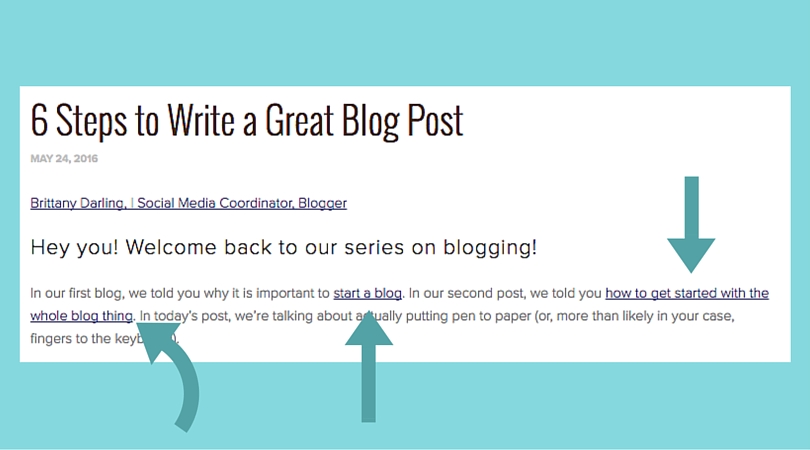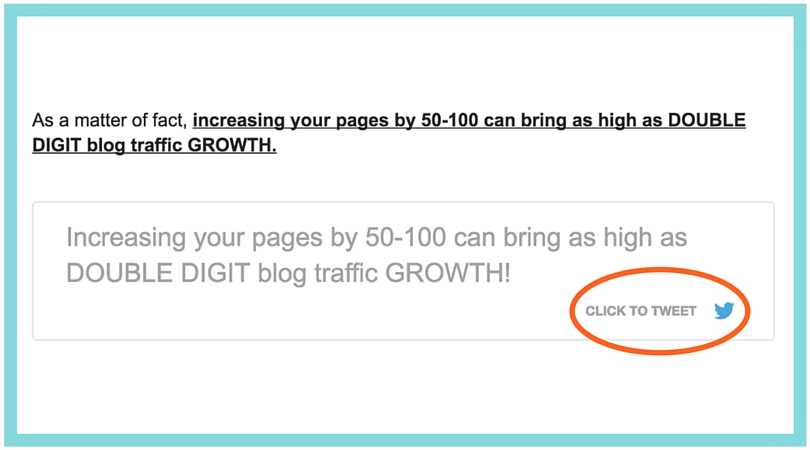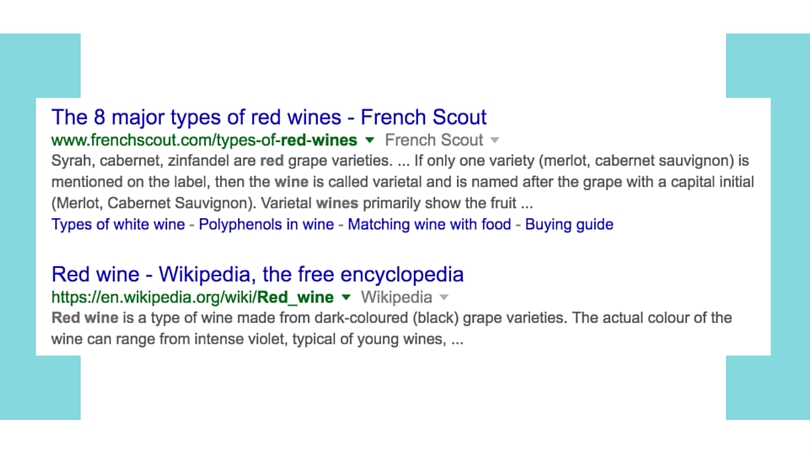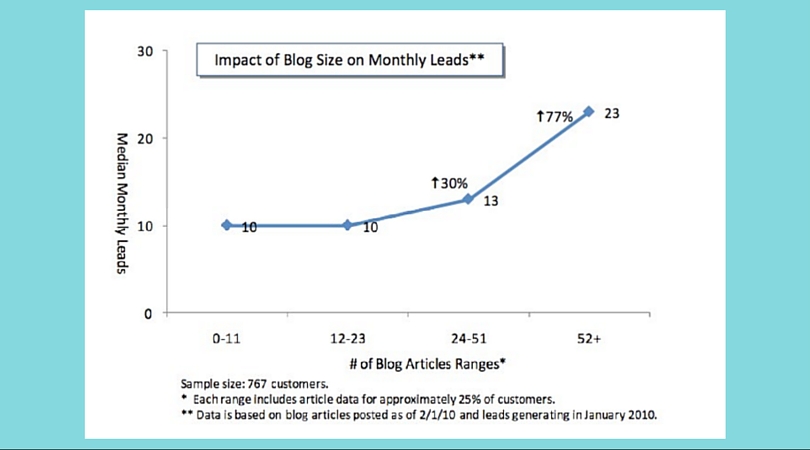Everybody wants a successful blog. An engaged fan base who actively shares your content with their friends and coworkers means more eyes on your content and ultimately more money in your pocket. ThinkCreative says, “Small businesses that blog get 126% more lead growth than small businesses that do not blog.” Cha-ching.
Using the right SEO techniques can get your blog posts ranked higher in search engines. Backlinks, optimized titles and text, and metadata are just the beginning.
Here’s nine tips to make sure that every blog post is optimized.
1. Give value!
First and foremost, give value to your readers. A successful blog gives what their audience desires. Whether the content is witty cartoons, political banter, useful tips about adopting dogs, or entertaining rundowns about trash tv, make sure you are speaking in a language style that your audience understands and connects with (and will hopefully share).
The beauty of blogging is that no one else can do exactly what you do how you do it. Give yourself some credit and put yourself (and your talents) out there. Your audience will respond or not, and you can learn from both. If you are just getting started, have someone read over your posts before you make them live. Ask them if they understand the ideas the post is making and if the writing is clear and concise.

2. Custom title on each post incorporating keywords
What keywords or phrasing is your audience searching? This is helpful to know as you brainstorm topics and determine what you will write about. Each blog should have a custom title keeping keywords in mind. A fun title is ok every once in awhile, especially if you are writing “point-of-view” type posts.
However, if you are looking to optimize your blog for SEO, a keyword or phrase should be in the title of every post. Google likes to see large websites and will reward yours for custom pages (blogs) that focus on keywords.
Your custom title determines the URL, which brings us to our next tip.
3. Pay attention to the URL structure
Have you ever copied and pasted an extremely looong URL into your browser? How annoying. There’s no need for endless numbers that crowd the URL. Make sure your permalink structure is solid.
For example, our root URL is www.parachutemedia.co. The extension of a blog might be “/ourblog/the-value-of-an-impression”. The extension should reflect the name of the post. If the post name is too long for comfort, shorten the extension, but make sure to include a keyword or phrase. Having a clear and concise URL to each individual blog post will not only help search engines, but they will help your readers share your posts.
4. Headings and paragraph text
Placement of keywords is important! Not only do you want a keyword in the title, but you also want them in your headings and paragraph text. Consider a blog as a way to have a custom page built to target a keyword or phrase of choice. A good rule of thumb is to use keywords in about one percent of your post. So if your post is 600 words, you’ll want to use your keywords approximately six times. Any more than this and you run the risk of being obnoxious, and the post will not flow well.
Let’s talk about structure, too. Your posts have to be easy to read. Consider breaking up posts into short paragraphs and headings using terms like “first and foremost” or “lastly” to signal important points in your post.
5. Include backlinks
Backlinks are links back to YOUR pages from other websites. Google likes and tracks backlinks as it shows that if a website is willing to link back to a chosen page, it must have valuable information. Since Google is tasked with returning the best of the best when showing search results, they like to see backlinks!
Why not link back to your own posts? Validate your own pages by intentionally placing links back to certain blog posts when appropriate. If Parachute is writing about the newest Facebook feature and mentions pixels in the post, then we will link to our blog post about Facebook pixels and why they are so necessary! The image below is a screenshot of the top of one of our blogs on blogging. This is a series, so naturally, we linked back to the first and second posts. Encourage your readers to discover your site, and look good in the eyes of Google while you’re at it!

You can also link to outside sites as well, especially when you are citing research, giving credit to an image or just linking to a cool article. If you link to an outside site, consider letting them know! Look for their social platforms and tag them when you promote your blog post. Who knows, they may be grateful and include a link or two to your posts. We’re all about collaboration and mutual promotion as long as it plays nicely with your brand strategy.
6. Encourage social sharing
Search engines pay attention to how frequent posts are shared via social media. Google thinks that if a post is being shared then it must be valuable information and will rank those posts higher when returning search results.
You can encourage social sharing by including social share buttons on each post then asking your readers to share. Some bloggers even include blocks of texts that can be instantly tweeted.

7. Images/videos
There’s a reason why Facebook adapted for native videos…they work! Consider including images and video into every post, even several into each post. Blogs with images and videos get more views and engagement than those that do not. You can find a few resources for free images here.
In addition, including images and videos make your posts more shareable. After all, it’s important for your content to reach new fans by organic sharing via your current fan base.
8. Update metadata
When Google crawls your site and the pages within it, it looks at the metadata to learn what the page is about. Although it doesn’t directly affect your rankings, it helps the searcher. In this image, the text underneath the link is the metadata. When returning search results, Google pulls the title of the article along with the metadata to give viewers a preview of your article. Isn’t it cool that YOU are in charge of what appears on Google for your link? We think so.

9. Update it consistently
Google likes fresh and valuable content. The Google bots will crawl your site more often and rank you higher if you are posting new content regularly as it sees your website as alive. But as we’ve seen from the tips above, the content MUST be valuable in addition to frequent.
The question is how frequent is frequent enough? For a lifestyle blogger, four to five posts per week is not unreasonable. But for most businesses looking to grow traffic to the website, four to six quality posts per month is enough. Google will give you more and more credit as your blog (and therefore traffic) grows. According to Traffic Generation Cafe, once your blog reaches 21-54 posts, blog traffic generation increases substantially. See the graph below.

The main takeaways to great SEO in all of your blog posts are:
- Give value to your readers and give them a reason to come back to your site again and again.
- Pay attention to keyword use in your title and within your headings and text.
- Include backlinks to previous posts.
- Never post a blog without an image or video!
- Keep on posting! Be consistent and give it time to be successful.
Do you have a tip to add? Let us know! Or, do you need help implementing these ninja tips?

